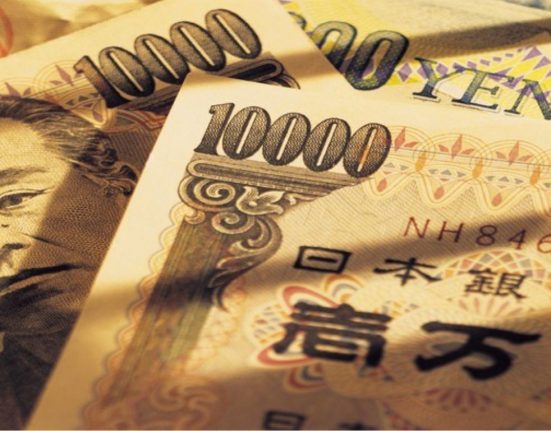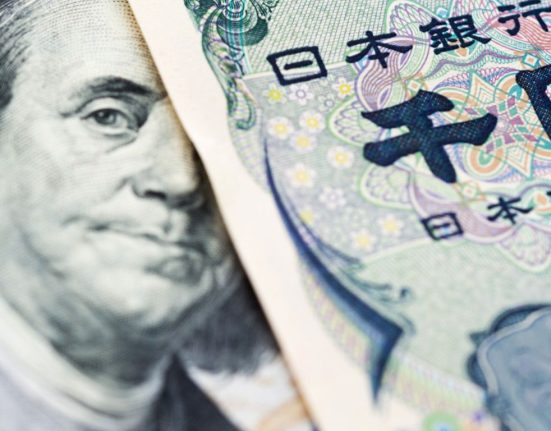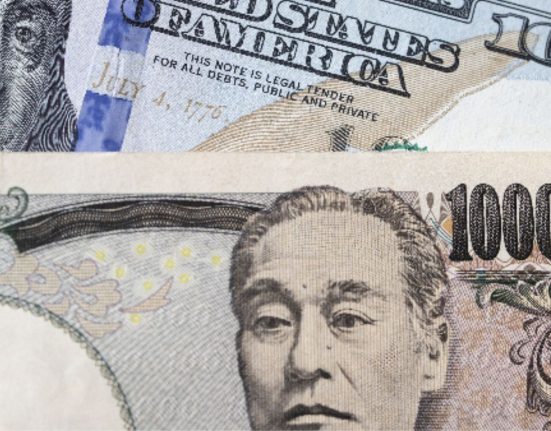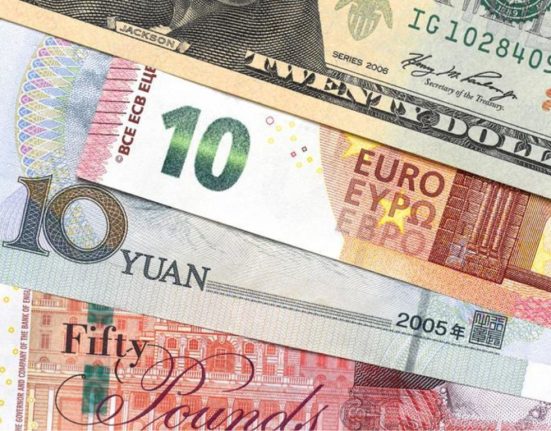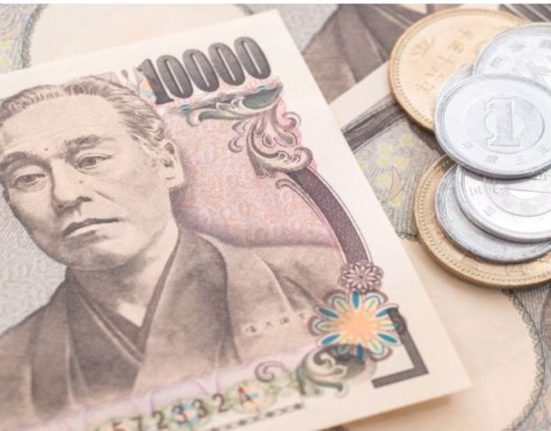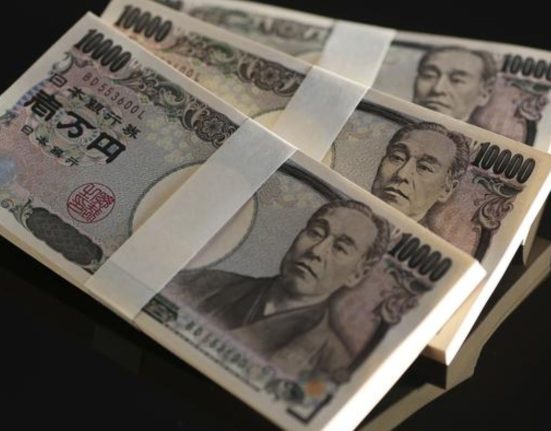Introduction
The foreign exchange market has been closely monitoring the movement of the USD/JPY exchange rate, with recent fluctuations causing market participants to express caution. The rate recently approached 145.00, a level that triggered an intervention by Japanese authorities last year for the first time in over two decades. As a result, concerns are mounting about the possibility of another intervention. This article delves into the current situation, highlights Japan’s officials’ stance, and discusses the potential implications for the market.
Japanese Authorities Assess the Situation
Japanese authorities are carefully observing the USD/JPY exchange rate, analyzing the potential consequences of intervention. Given the proximity of the current rate to the level that sparked intervention last year, market participants are questioning whether history might repeat itself. In response to inquiries, top Japanese officials have asserted that they have not ruled out any options, emphasizing their commitment to maintaining stability in the foreign exchange market.
Historical Perspective on Japanese Intervention
The intervention carried out by Japanese authorities last year marked a significant event, as it was the first time such action had been taken in over 20 years. The decision to intervene was prompted by the USD/JPY exchange rate breaching the critical level of 145.00. Japanese officials at the time expressed concerns about the potential negative impact of a rapidly strengthening yen on the country’s export-oriented economy. The intervention aimed to curb the yen’s appreciation and stabilize the market.
Market Reaction and Current Apprehension
Following the intervention last year, the market witnessed a notable reaction. The yen’s ascent was halted, and the USD/JPY exchange rate saw a temporary reversal. However, the efficacy of intervention remains a subject of debate among analysts. Some argue that intervention can be a temporary fix and may not address the underlying economic factors influencing exchange rates. Consequently, the market’s apprehension regarding the potential for further intervention persists, leading to increased uncertainty and cautious trading.
Factors Driving Exchange Rate Volatility
Several factors contribute to the volatility in the USD/JPY exchange rate. Global economic conditions, such as interest rate differentials, geopolitical tensions, and trade disputes, can significantly impact currency movements. Additionally, monetary policy decisions by the Bank of Japan and the Federal Reserve, as well as market sentiment and investor speculation, play vital roles in exchange rate fluctuations. The interplay of these elements creates an environment where even minor shifts in economic indicators can trigger substantial currency movements.
Japan’s Delicate Economic Balance
Japan’s economy heavily relies on exports, making the exchange rate a crucial factor in maintaining its competitiveness in the global market. A stronger yen can adversely affect Japanese exporters by making their products more expensive for international buyers. This can lead to a decline in export demand and potentially hinder economic growth. Therefore, Japanese authorities carefully assess the exchange rate’s impact on the country’s export-oriented economy when considering intervention measures.
Implications for Market Participants
The prospect of intervention in the foreign exchange market can have various implications for market participants. Traders and investors must closely monitor the USD/JPY exchange rate and factor in the potential impact of intervention in their decision-making processes. Uncertainty surrounding intervention can lead to heightened market volatility and affect risk appetite. Consequently, market participants may adopt more cautious trading strategies and seek to hedge their positions against potential exchange rate fluctuations.
Conclusion
As the USD/JPY exchange rate approaches the level that triggered intervention by Japanese authorities last year, market participants are closely watching for any signs of potential action. Japanese officials have emphasized their commitment to maintaining market stability and have not ruled out intervention. However, the effectiveness of such measures remains a subject of debate. Given the interconnectedness of global markets and the complex factors driving exchange rate volatility, market sentiment remains cautious, and risk mitigation strategies are likely to be implemented by participants until greater clarity emerges.

